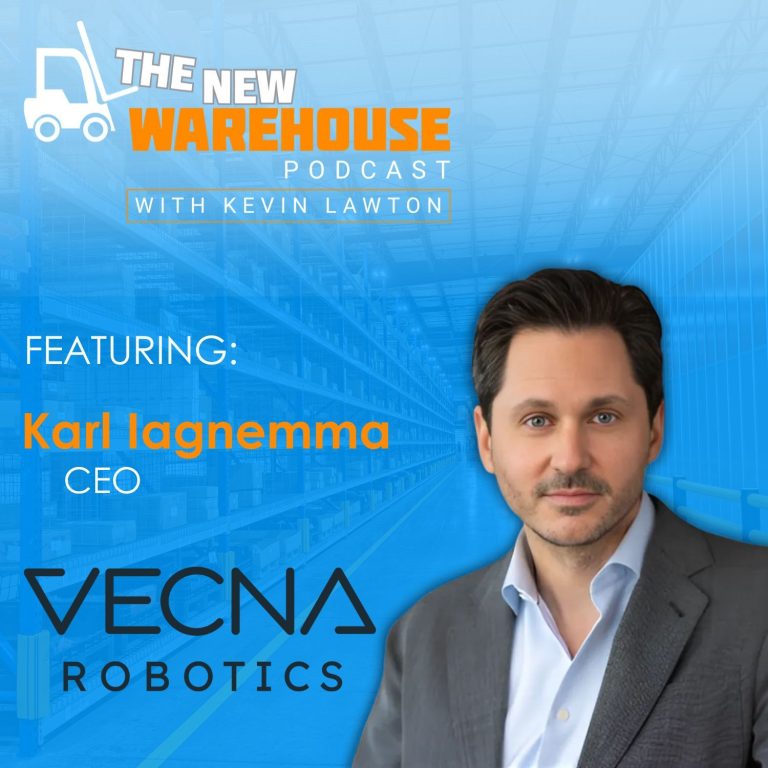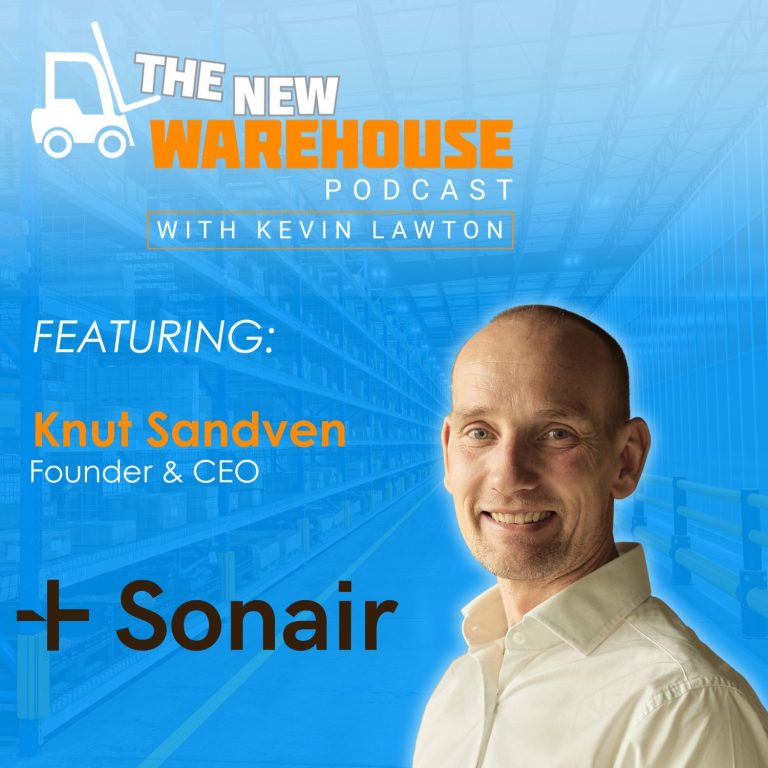In this episode of The New Warehouse Podcast, Kevin chats with Conrad Lilleness, Co-founder and CEO of Conduit, live from Manifest 2025. Conduit is a modular dock and yard management system used by companies like Volvo, Saks Fifth Avenue, and Body Armor to streamline truck scheduling, check-in, and onsite communication. What started as a scheduling platform evolved into a robust dock management solution that digitizes operations across the yard. Conrad shares how Conduit helps companies boost throughput, improve safety, and use real-time data to uncover hidden inefficiencies, turning the dock into a strategic asset.
From Scheduling to Full-Fledged Dock Management
Conduit began with a simple idea: build the easiest-to-configure scheduling module on the market. That alone proved valuable, but customers quickly asked for more. “We started with several packaging companies and manufacturers, but they very quickly helped us overcome that next product hurdle, which was the check-in technology,” Conrad shared.
The next leap forward came with Body Armor, where Conduit became a standard operating tool across 13 facilities. “In the Body Armor Network, 95% or more of drivers are checking in entirely independently without leaving their trucks,” he explained. By eliminating manual check-in and yard foot traffic, Body Armor improved efficiency and safety, an especially vital upgrade in high-risk areas like the yard.
Transforming Customer Service and Labor Planning
Conduit’s latest innovation is a centralized Control Tower empowering customer service reps and transportation analysts. Traditionally, resolving a proof of delivery request might involve 20 emails or a game of phone tag. Now, reps can search across multiple sites using PO numbers, carrier names, or other identifiers and get instant access to audit logs, delivery documents, and performance data.“A centralized customer support team can now access all of their facilities through one pane of glass,” Conrad noted.
The platform also helps customers solve long-standing labor inefficiencies. For instance, a Washington-based produce distributor used Conduit to analyze when trucks arrived, what they carried, and how long unloading took. “They were able to cut their overtime by 50% and really improve employee experience with better shifts,” he said.
The Dock as a Strategic Asset
Looking ahead, Conrad sees the dock becoming more central to warehouse strategy. That means more than just optimizing labor. It’s about owning and using the data to make better decisions. “At Convoy, we spent a lot of time reverse engineering our customers’ scorecards,” he recalled.
“But with Conduit, we’re arming these facilities and the transportation teams that these facilities support with their own first-party data.” This transparency empowers shippers to enforce service-level expectations with complex data. It also helps manage trade-offs, such as whether to incur container storage fees or absorb labor overtime.
Conduit is now exploring seal verification workflows and AI-powered tools to automate document recognition, such as handwritten notes and seal conditions, areas traditionally left to manual, error-prone processes. “SEAL verification is like the wild west,” he quipped. “Some facilities don’t even look at the seal.”
Key Takeaways on Dock Management
- Conduit enables 95%+ driver self-check-in at Body Armor sites, reducing yard congestion and improving safety.
- Customers use Conduit’s centralized Control Tower to access documentation and streamline customer support across multiple facilities.
- One distributor cut overtime by 50% after using Conduit’s data to restructure labor shifts.
- Shippers can now use Conduit’s data to hold carriers accountable for delays and negotiate performance-based terms.











